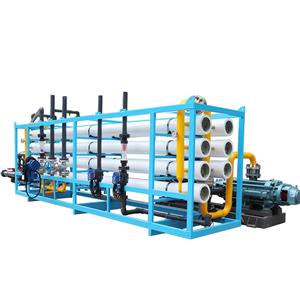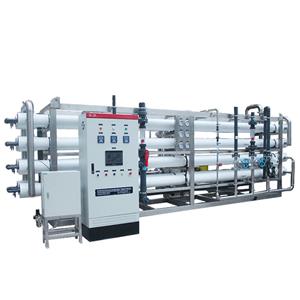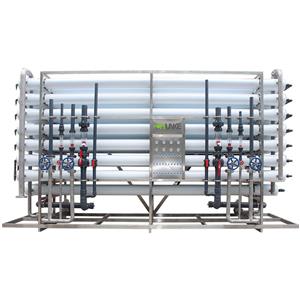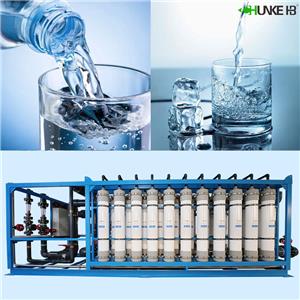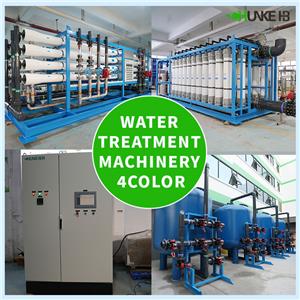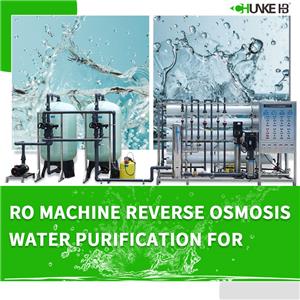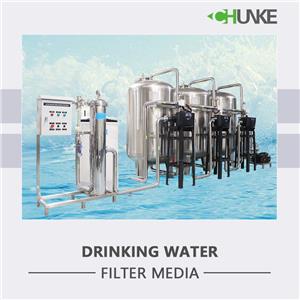-
11-20 2024
How to purify water without using reverse osmosis filters?
Activated carbon filtration is one of the most widely used non-reverse osmosis water treatment technologies, especially in household water dispensers and filter jugs. It has a strong adsorption capacity and can remove organic matter, residual chlorine, odor and some heavy metals in water.
-
11-04 2024
What is the filtration rate of a 500L/hour water filter?
For a water filter with a nominal processing capacity of 500L/hour, it means that under ideal conditions, it can process 500 liters of water per hour. However, flow rate does not fully represent the filtration rate, and the filtration effect needs to be considered.
-
09-23 2024
What is ultrafiltration for drinking water? Is it a form of reverse osmosis?
The pore size of the reverse osmosis membrane is usually around 0.0001 microns, which allows it to remove almost all soluble salts, organic matter, metal ions and other soluble contaminants. The pore size of the ultrafiltration membrane is larger, about 0.01 to 0.1 microns.
-
09-13 2024
Can water treatment equipment filter out color?
Reverse osmosis (RO) system is a technology that uses a semipermeable membrane to separate dissolved substances in water to achieve water purification. It has a good removal effect on various soluble pollutants, including organic matter, inorganic matter, metal ions, etc.
-
09-11 2024
In what cases should a reverse osmosis water purifier be used?
If the salinity in the drinking water source is high, such as salt water or groundwater in some areas, the use of reverse osmosis water purifiers is essential. RO technology can effectively remove dissolved salts in water and convert high-salinity water into low-salinity drinkable water.
-
07-22 2024
What is the most commonly used filter medium in drinking water treatment?
Common filter media in drinking water treatment are: 1. Activated carbon, 2. Quartz sand, 3. Ceramic filter element, 4. Anthracite, 5. Ion exchange resin.

